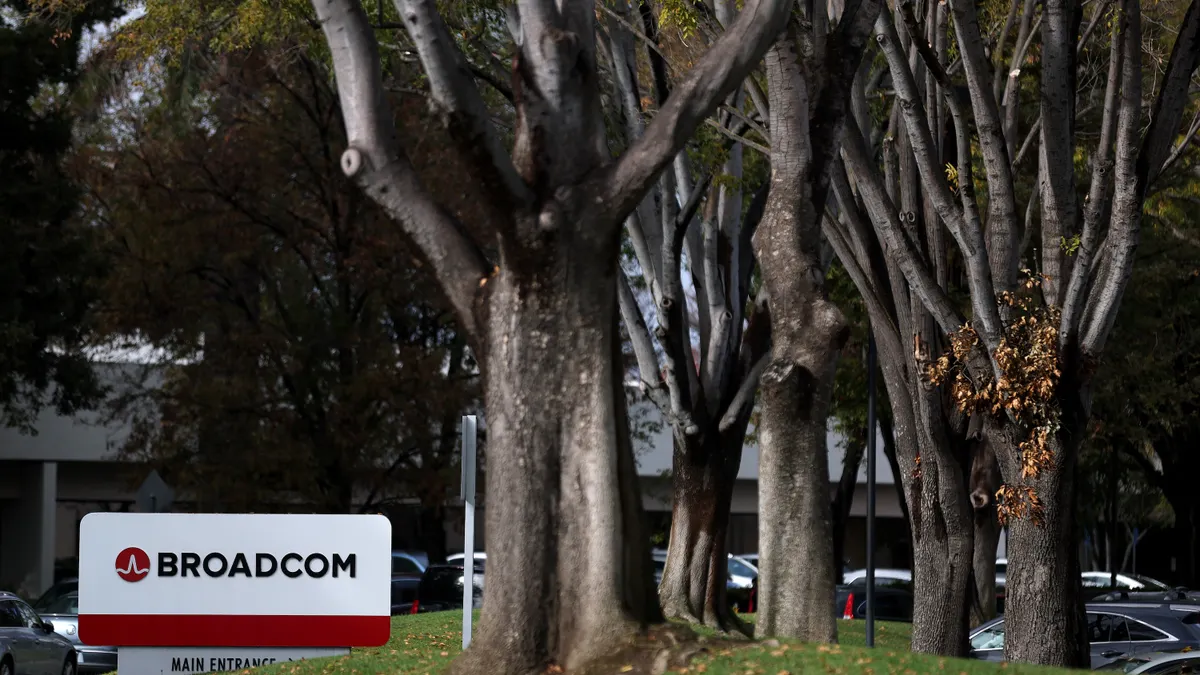In the past, the CIO was the primary, and often only, C-suite executive in charge technology. But as the role of technology grew and expanded within organizations, so did the need for additional IT-oriented leaders.
Today, corporate technology roles vary based on the industry and size of the organization. It’s not unusual for an enterprise to employ several different tech executives, including chief information security officers, chief technology officers and chief data officers.
But how do these roles differ and interact to ensure company IT runs smoothly?
The CIO
While the CIO is the most established tech role, it has also evolved substantially over the years. Unlike in the past, today’s CIO influences and impacts every part of a business. Therefore, when searching for a CIO, companies want someone who understands both the technology landscape and the business implications of technology.
"The CIO role is the one changing most dramatically because tech is now on everyone’s agenda in light of the digital age we are now in," said Robin Purohit, group president, enterprise solutions organization, BMC. "Businesses have to protect core IT while leveraging innovation IT to drive new capabilities and offer new end-user services and opportunities that deliver growth."
"The CIO has to oversee the entire business and ensure every department or line of business has the technology they need in order to collectively drive top line growth and bottom line efficiency," Purohit said.
The CTO
Although CIO and CISO roles are fairly consistent across industries, the CTO role tends to vary more widely based on industry. Commonly, a CTO is responsible for running an organization’s engineering group and using new technologies to improve a company’s product offerings. For example, a CTO for a wireless company may be responsible for network engineering—mobile telephone switching offices (MTSOs), cell sites and pretty much anything else that is involved in making a call from your cell phone, explained Thomas Phelps, CIO of Laserfiche.
But for a software company like Laserfiche, a CTO will be responsible for software engineering, such as expanding case management, collaboration and content analytics into enterprise content management software.
"CTOs for software companies, wireless telecom companies and other technology companies have significant political clout and generally report to the CEO," explained Phelps. "In contrast, CTOs in industries outside of tech typically report to a CIO."
The CDO
A report released by Forrester Research last August found that more companies are hiring chief data officers. The study, which was based on a survey of 3,005 business and technology decision-makers across the globe, found about 45% of firms have already appointed a chief data officer, and an additional 16% plan to create a CDO role within the next 12 months.
The role of the CDO also varies across organizations and industries, but it tends to include things like data management, data governance, data analysis or the delivery of insights. Overall, CDOs tend to serve as a bridge between IT and business groups, and the hiring of one often demonstrates a company’s desire to sharpen its focus on data. Or, if a company lacks adequate data governance practices, a CDO may be called in to bolster those capabilities, the Forrester study noted.
But the Forrester study also found something else: Companies that have CDOs appear to perform better than those that don’t. According to the study, 54% of companies with 10% year-over-year revenue growth or more have CDOs, while 33% of companies with less than 4% revenue growth have them.
The CISO
The growing threat landscape has prompted many businesses to hire chief information security officers (CISOs). The CISO is primarily responsible for ensuring information assets and technologies are protected. The CISO directs staff in identifying, developing, implementing and maintaining processes across the enterprise to reduce IT risks. They respond to incidents, establish appropriate standards and controls, manage security technologies and direct the creation and implementation of policies and procedures. The CISO is also commonly responsible for information-related compliance.
In February, the White House announced it plans to hire its first chief information security officer. Administration officials hope to have a new CISO in place by next month.
Working together
The growing function of technology within organizations means there is plenty of room for all of these roles, if not more. But ensuring everyone gets along and can move the company’s agenda forward together can be another story. Among the various C-suite roles, the CIO and CDO appear most likely to encounter conflict. A 2014 study by Gartner predicted that by 2017, almost two-thirds of organizations that have both a CIO and CDO role will have axed one in favor of the other.
While CIOs manage many of the day-to-day IT tasks within an organization, CDOs may be assigned to take on more strategic analytics roles. For many companies, that makes sense, because few CIOs today have the bandwidth to manage internal technology operations and figure out how the company can extract value from the overwhelming proliferation of data available today. But that type of separation may also lead to friction between CDOs and CIOs.
However, some conflict between roles can sometimes be a good thing, suggested Purohit.
"It can show that executives are dedicated to making sure they’re using the right tools that will give them a competitive advantage and keep their employees actively engaged and happy," said Purohit. "During periods of transition, executives must realize that there are bound to be some growing pains and everyone must do their part to over communicate and hold themselves and their teams accountable."
For all tech roles within an organization, success is about clearly defining responsibilities and encouraging collaboration, and much of that needs to come from the top.
"The best bet for helping everyone work together is a simple—a common plan and metrics," suggested Scott Anderson, CMO at Sitecore. "With a single business strategy and plan established at the C-suite level and cascaded down into each function right to the individual employee level, a company has better hope of working together."
"With plan in hand, the leadership team then needs to actively track the plan and communicate across organizational silos," Anderson said. "Nothing beats a single direction with continuous communication."
Finally, businesses need to get out of old organizational models and align to consumer expectations, said Anderson.
"That means, regardless of role, formerly disparate departments now need to work as one."





















